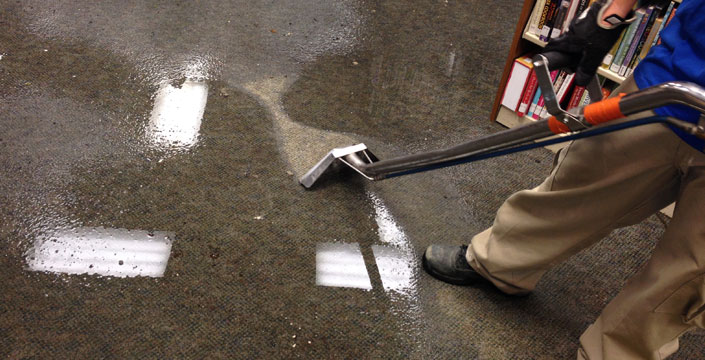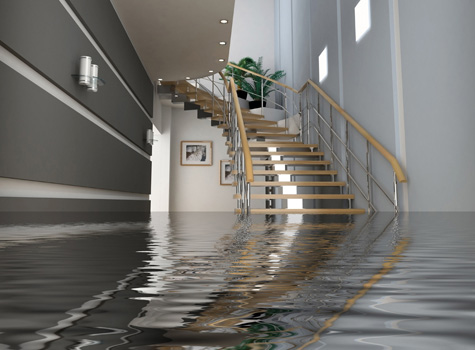The key to water damage repair is to take care of the problem as soon as possible. Flooding and water damage is a very common issue. Even though there’s little you can do to prevent this, there are many steps you can take to limit the damage.
Here are 10 simple steps that you can explore before the water damage company arrives:
Turn Off the Water and the Electricity
The most important thing to keep in mind during flooding is safety. You must turn off the main water and electricity supply to the building before you start working on anything. Turning off the water could help reduce the extent of the flooding. Switching off power reduces the risk of electrical shock.
Inspect for Serious Issues
The second step is to inspect for serious issues after the flooding. Things like mold and mildew should be your main focus. Some types of mold and mildew can be toxic to humans and the last thing you want is to live in a home infested with them.
Dry Out the Affected Areas
It’s also important to dry out all the affected areas. This should be done as soon as possible. The more the water remains clogged the more damage it will cause.
Disinfect Materials
There’s no way of knowing what kind of germs came with the flooded water so don’t take any chances. Disinfect every inch of the flooded areas to avoid any issues.
Replace Damaged Wood
The wood will suffer the most when flooding occurs. Inspect the wooden structures in your home after the water is dried off and replace any damaged or rotten wood as soon as possible.
Start Off with Ceiling
Just like wood, the ceiling is also susceptible to damage after flooding. The rule of thumb in cleaning up the mess is to start from the top to the bottom. In light of this, inspecting the ceiling for damage and drying it off is highly recommended.
Install New, Sealed Floors
Once you have removed the rotten wood, disinfected the entire place, and dried off the water, it’s time to consider possible repairs. Installing a new, sealed floor should be your first step. A water damage restoration service can help you a lot with this.
Replace Drywall
Once the sealed floor is in place, you need to move to the drywall. Take all the necessary measurements and replace the damaged drywall accordingly.
Check Your Insurance
The cost of restoring your home after flooding can be high. If you have homeowner insurance, it’s important to get in touch with your provider and see what options for your specific situation are.
Inspect External Siding
Finally, repair the siding on your home too. The damage on the siding might not be extensive if the flooding was internal but it doesn’t hurt to check.
These are the ten simple steps you can take in water damage repair. But always make sure you move as fast as possible to limit the damage extent.

